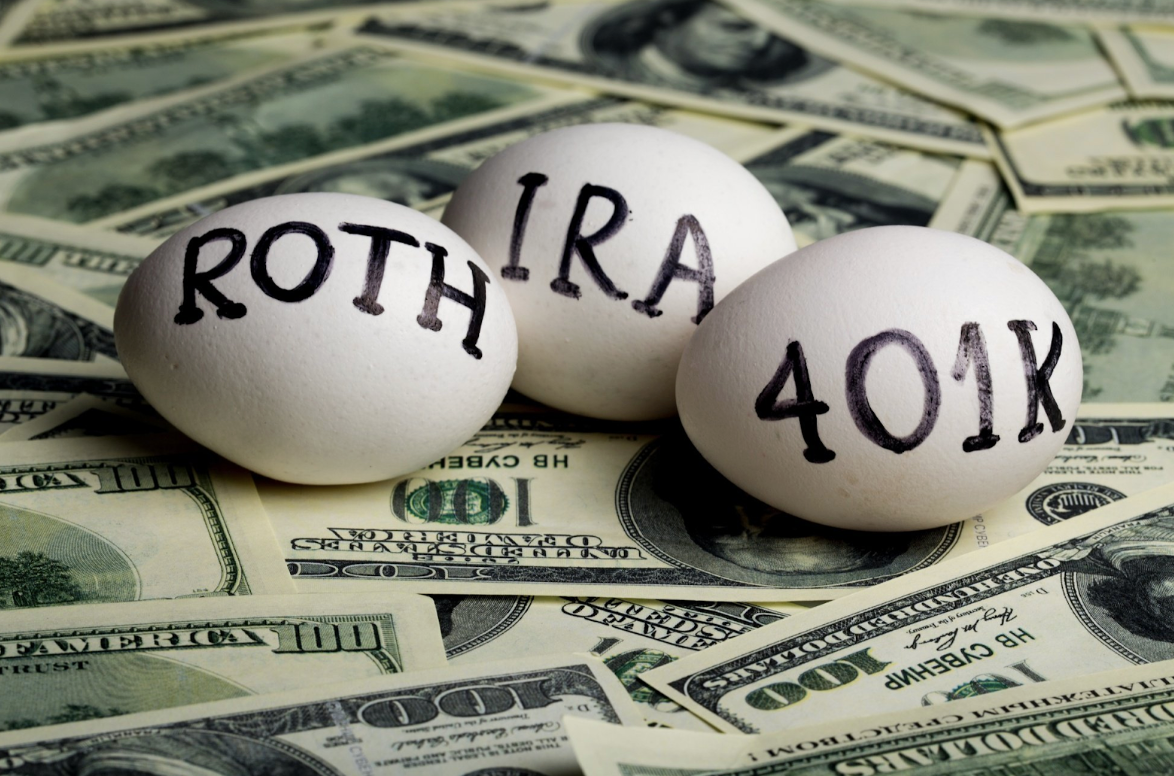Understanding the 2024 Retirement Contribution Limits: What You Need to Know
Many in their 20s or 30s don’t prioritize saving for retirement, thinking they still have decades to do so. However, there’s no such thing as saving up too early, especially if you want to retire in comfort. Indeed, U.S. adults with retirement accounts say they need an average of $1.8 million to achieve this goal.
So, if you haven’t started saving for retirement, now’s the best time to. And thanks to higher 2024 retirement contribution limits, you could save even more.
We’ll discuss the vital facts you need to know about popular retirement plans and their limits, so read on.
Individual Retirement Accounts
An individual retirement account (IRA) is a tax-advantaged investment and retirement savings account. You can open one through your bank, a broker, or a robo-advisor. They’ll then invest your deposited money in assets like stocks, bonds, or exchange-traded funds (ETFs).
Depending on the type of IRA you open, your invested money can grow tax-free or tax-deferred.
An example of a tax-free IRA plan is the Roth IRA, which is also one of the most popular. It allows you to make tax-free withdrawals during retirement.
However, with a Roth IRA plan, you’ll make contributions using after-tax money. This means you’ll pay taxes now but enjoy incentives once you retire.
Tax-deferred accounts like traditional IRA plans let you enjoy immediate tax deductions with your contributions. The money you put into this type of account grows without diminishing due to taxes. However, you’ll pay taxes at your ordinary income rate whenever you withdraw money during retirement.
Employer-Sponsored Retirement Accounts
With an employer-sponsored retirement plan, your employer deducts a percentage of your salary. The money then goes into your chosen retirement plan. Your employer also contributes a flat rate or an amount similar to your contribution.
Employers usually offer these retirement plans as part of their employee benefits package. In most cases, HR will help you enroll if you want to participate. If they ask you if you wish to have your contributions automatically deducted, consider permitting them.
The most common employer-sponsored retirement plans are Roth and traditional 401(k) plans. Other examples are 403(b), 457, and SIMPLE IRA plans.
Like IRAs, employer-sponsored retirement plans can be tax-free or tax-deferred. Unlike IRAs, though, some allow you to borrow money against your savings; for example, you can take out 401(k) loans.
2024 Retirement Contribution Limits
ROTH and traditional IRA limits will increase by $500, from $6,500 in 2023 to $7,000 in 2024. For 401(k), 403(b), and most 457 accounts, the limit will rise from this year’s $22,500 to $23,000 next year. The catch-up limits for those aged 50 or over will remain the same: $1,000 for IRAs and $7,500 for 401(k), 403(b), and most 457 plans.
Take Advantage of the Higher 2024 Retirement Contribution Limits
With the 2024 retirement contribution limits higher than last year, you can begin saving more for the future. And the more you save, the more you can earn in compound interest and investment income.
So, if you don’t have a retirement account yet, there’s no better time than now to open or enroll in one.
Ready for more financial security planning tips? Then check out our latest finance-related news and blog posts!

